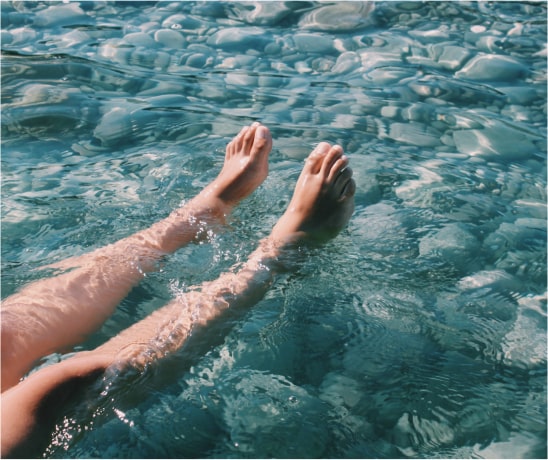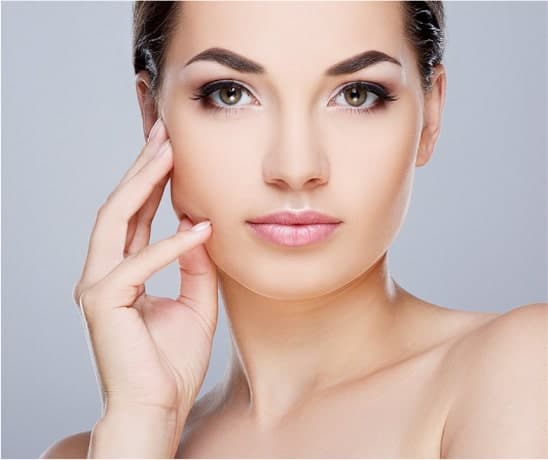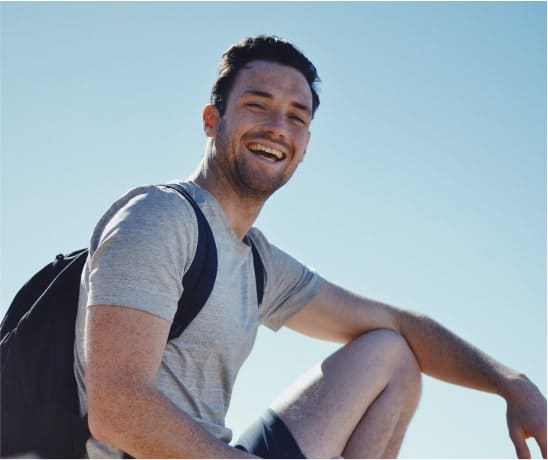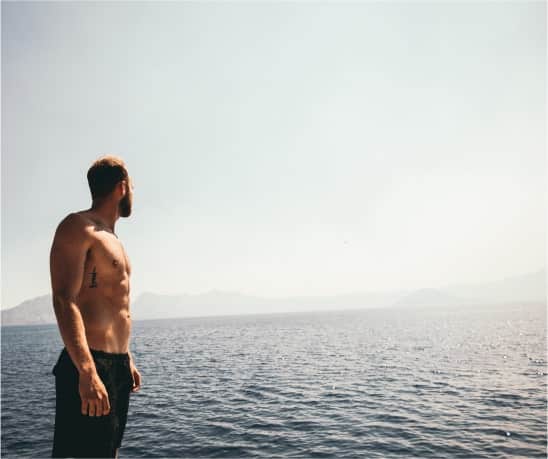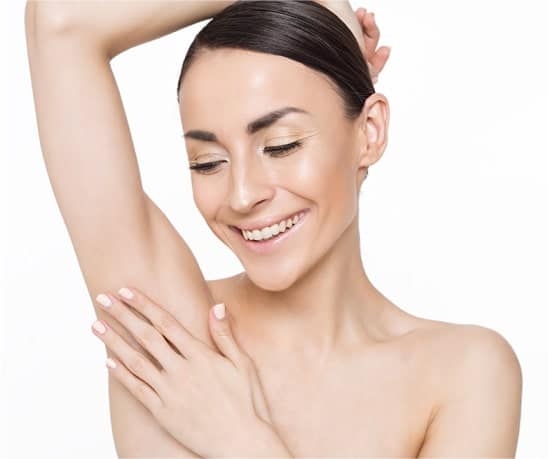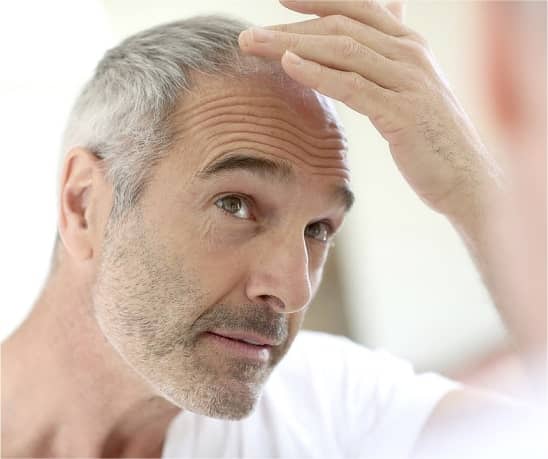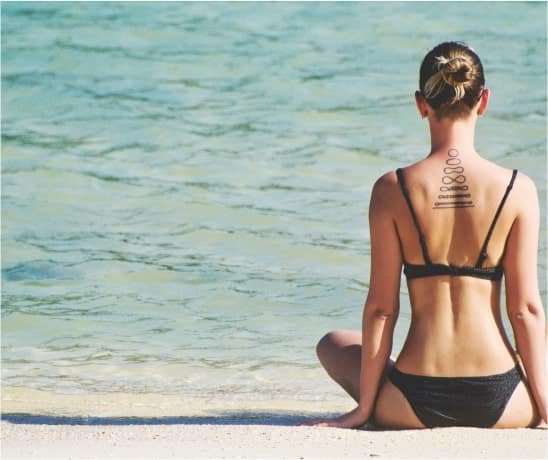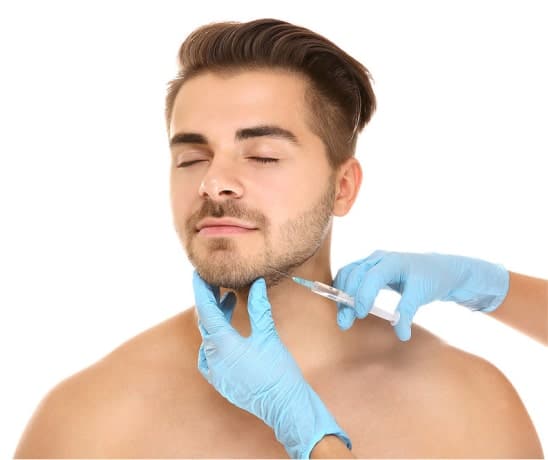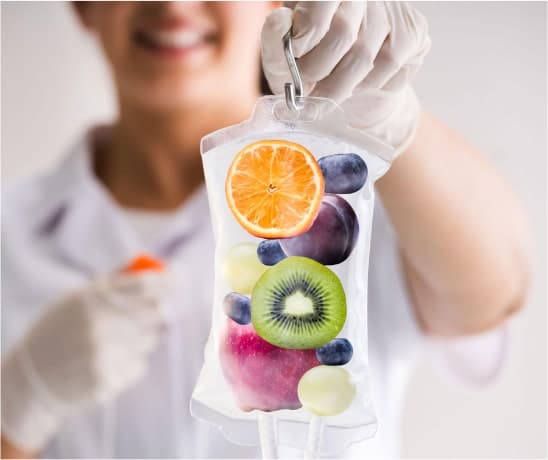A Medical Practice That's More
Than A “Doctor’s Office”
Formula Wellness is a comprehensive, medical-based program that provides personalized consultation, preventive testing,
and integrated wellness and aesthetics services, empowering individuals to pursue longevity inside out.
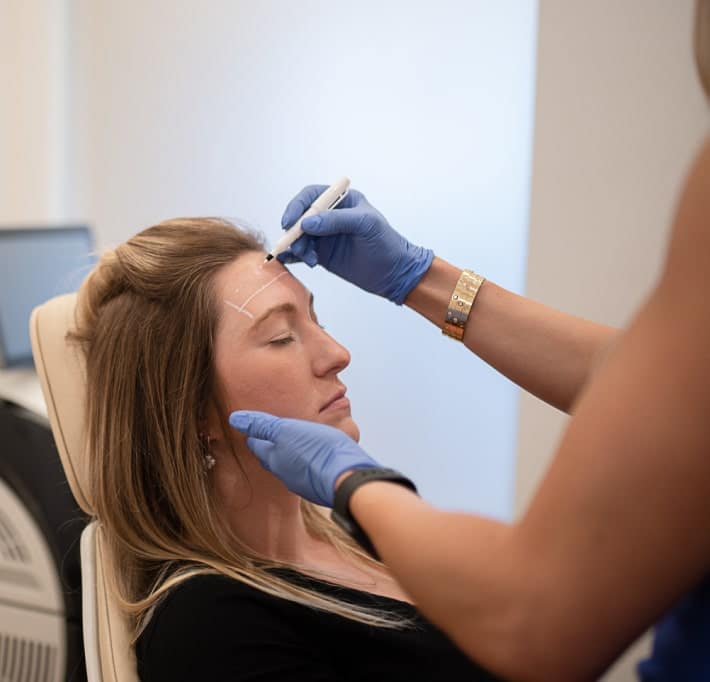
Aesthetic Treatments
Formula Wellness provides a modern and safe environment where individuals can relax and enjoy the amazing benefits of Aesthetic Treatments that target skin health, natural beauty maintenance, and whole-body well-being.
- Injectables
- Skin Rejuvenation
- Lasers & Photofacials
- Body Treatments
- Hair Restoration
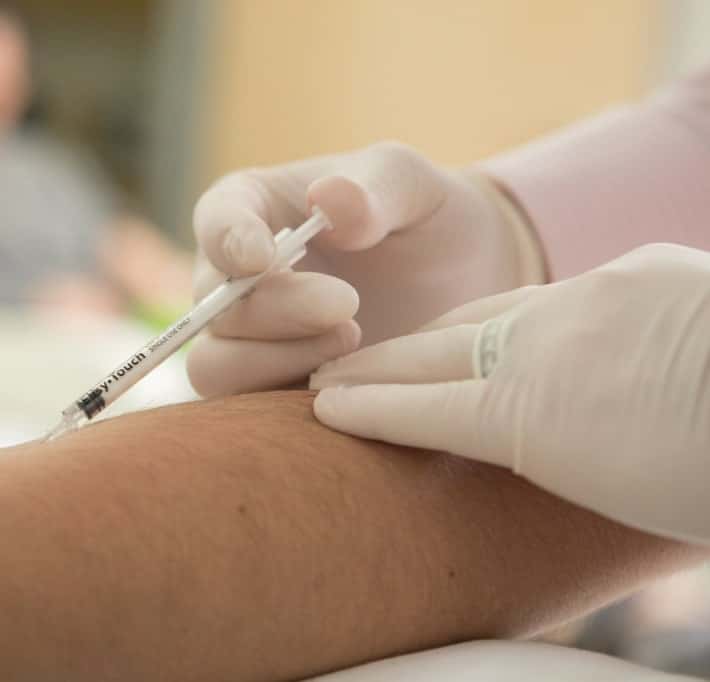
Wellness Treatments
Wellness is about feeling good and in control of your life. To help customers achieve those goals, Formula Wellness offers various services and treatments to bring balance to mind, body, and spirit.
- Concierge Wellness
- Preventive Testing
- Hormone Therapy
- Weight Loss
- IV Infusions
- Sexual Rejuvenation


Dallas' Top-Rated Wellness Center
Dr. Brian Rudman


He has seen excellent doctors make incredible advances in treating diseases with surgery and medicine that were unimaginable 20 years ago; however, our environment continues to challenge our bodies making it more and more difficult for us to fight the negative effects of aging and our environment.
Dr. Rudman has joined the growing movement to focus on balancing our western medical approach to disease with a heavy concentration on the preservation of wellness and the prevention of illness.
Guiding You To Sustainable Health
Formula Wellness’ 4 Cornerstones of Wellness
Nutrition
From managing or eliminating medical disease to improving your body composition, NUTRITION is the PRIMARY CORNERSTONE.
LEARN MOREHormone Balance
Often the conditions associated with “getting older” are not disease but are easily improved upon by proper hormone balance.
LEARN MORESupplementation
Micronutrients are used and eliminated from our bodies daily – proper replenishment orally as supplements or via IV can make you feel tremendous.
LEARN MOREAesthetics
Look and feel more refreshed, youthful, and confident with our non-surgical aesthetic treatments and procedures.
LEARN MORE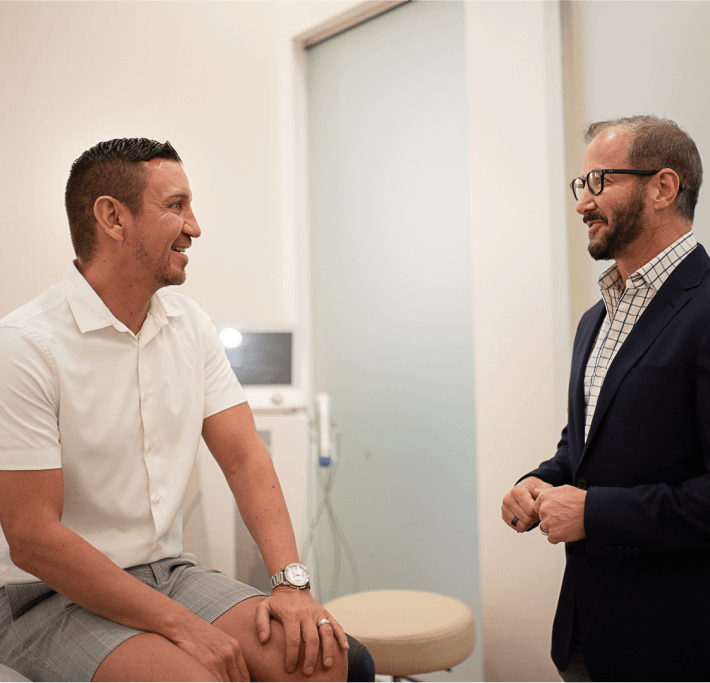
New Patient Package
Whether you have fallen off the path to optimal wellness or are looking to stay on it, the New Patient Package is great for those wanting education and guidance about their body to change or maintain a healthier lifestyle.
New Patient Package Includes:
- Extensive Blood Panel Test
- SECA Body Composition Scan
- RMR
- Cardio Max
- EKG
- Physician / Provider 1-hour Consultation

Membership Options
- Weekly SECA Body Composition Scans
- Weekly MIC Injections
- Routine Resting Metabolic Rate (RMR testing)
- Nutrition & Fitness Consulting
- Provider Consultation (as needed)
$175 per Month
- Direct access to provider and consultations
- Unlimited SECA Body Composition Scans
- Medication management (controlled & non-controlled substances)
- Priority Scheduling within 24 hours
$175 per Month for NP
$275 per Month for Dr. Rudman
- Hormone Replacement Therapy
- Provider Consultation
$135 per Month
- PL-Photofacial or Clearlift facial
- Laser hair removal of 2 small areas or one medium area
- Tattoo removal of one small or medium area
- Neurotoxin treatment up to 20 units of Jeuveau or the equivalent of substitute neurotoxin
(remaining units DO NOT roll over)
In addition to the above options:
- 10% off all skincare lines
- 10% off injectable filler and additional neurotoxin
- 15% off Microneedling + Facial PRP procedures
- 20% off PDO Threads
- 20% off Fractora Skin Tightening
- 25% off EMSCULPT and Z-Wave
- $50 off Hydrafacials
$175 per Month
- Unlimited IVs for $99 each! (Any IV’s over the price of $185, such as Brain Booster, High Dose Vitamin C and Plaquex are limited to a $50 discount)
$85 per Month
Our Treatments
Book A Consultation
What happens in a consultation?
- Get to know the Formula Wellness team.
- Discuss your unique goals and concerns.
- Receive a personalized procedure plan.
